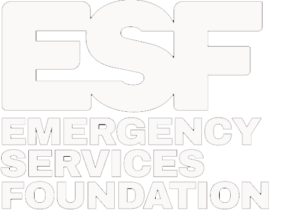Workplace Strategies for Mental Health, from Canada Life, have an abundance of resources for people leaders on a range of issues that are practical, specific and spot on to support employees with a range of personal and mental issues,
2023 journal article by Montano, Schleu, and Hüffmeier is a meta-analysis of the relative strength of the relationship of leadership and mental health in relation to seven distinct leadership styles. It analyses 53 studies that compare the relationship between different leadership styles and their incremental impact of the mental health of those they influence. Specifically, the study uses mixed meta-analytical regression models to examine six research hypotheses about seven leadership styles.
This article by Kellner, Loudoun and Wilkinson (2019) studied over 1000 Australian paramedics and identified 9 barriers to frontline manager support for high-trauma workers from three angles: the views of managers; workplaces; and the employee. The authors find that frontline managers need skills to know how to give different kinds of support and emotionally connect with their people. They are challenged in caring for their staff because many are unwell themselves, having worked for such a long time in the sector. They also lack time: a key finding of this study is that managers are expected to do more and more paperwork (“the devolution of HRM”) and, given many work Monday to Friday 9-5, some don’t even see people in their teams who work around the clock, 7 days a week.
Owen, Scott, Adams and Parsons (2015) review ‘Beyond command and control” Leadership in Crisis’, a professional development program that the Australian Emergency Management Institute ran for 26 groups of senior and emerging leaders. Based on insights from participant feedback and facilitator reflections it reflects on insights from the program and four learning challenges (capacity for reflection; being captured by the tangible; overcoming dysfunctional momentum and speaking up effectively.
In August 2018, the 11th Victorian Workplace Mental Wellbeing Collaboration Leadership breakfast was held in Melbourne. This saw a panel of industry leaders discuss Positive Leadership Through Change and the practical ways in which positive approaches can promote work environments where employees thrive and can be the best versions of themselves, especially during times of change and transition.
This is an interview with Charlie Magnuson, captain of the Bawley Point Rural Fire Brigade by Barrie Cassidy in an episode from the ABC series ‘Leadership’.
Declare the Environment is a brief statement and explanation of the two working environments that leaders in the sector must operate. Drafted by Siusan MacKenzie and Sarah Hewat, it was designed as a working statement to progress a positive leadership for wellbeing initiative through ESF’s WorkSafe-funded WorkWell Learning Network.
In ‘How Fearless Organisations Succeed Amy Edmondson describes three steps leaders can take to create psychological safety. These steps are embedded in a matrix titled “The Leader’s Tool Kit for Building Psychological Safety” which is broken down into tasks and what they accomplish. Feeling safe is framed as the very basis of innovation and growth.
The leader-leader model, also known as intent-based leadership, was developed by Captain David Marquet during his time leading the crew of a nuclear submarine – during war. Idea is to push power and responsibility down the organisational hierarchy using four principles: control, competence, clarity and courage

